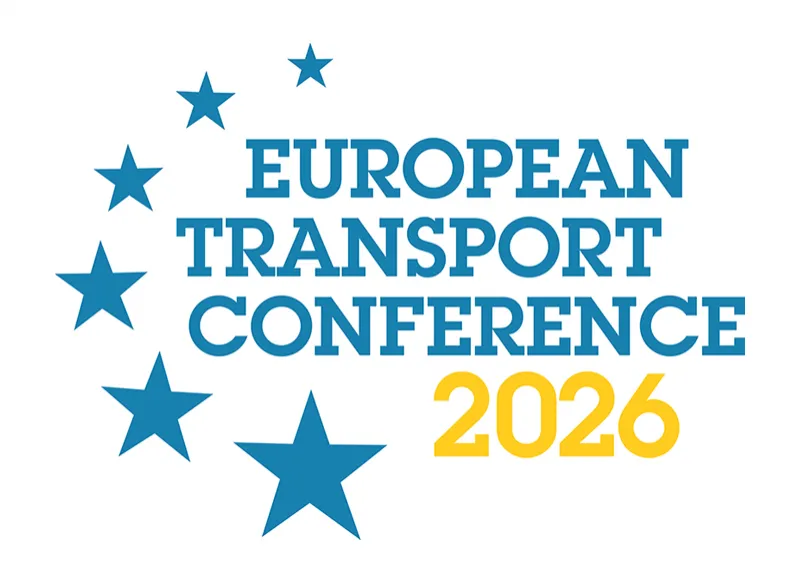-
Past ETC Papers

Browse, search and view papers from the past AET Conferences.
-
Members' Area

AET promotes networking and exchange of ideas, information and opportunities amongst members.
Conference Papers 2019
Dublin, Ireland
ETC Conference Papers 2019
Equity-related impacts of coarser and high frequent public transport networks
Seminar
Day 2 (10 Oct 2019), Session 4, Planning for Passengers' Journeys - the role of technology, 10:00 - 11:30
Status
Accepted, documents submitted
Submitted by / Abstract owner
Roy van Kuijk
Authors
R.J. (Roy) van Kuijk
N. (Niels) van Oort
B. (Bart) van Arem
G. (Gonçalo) Homem de Almeida Correia
H. (Hans) Schoen
D. (Derk) Dohle
F. (Fred) van der Blij
Short abstract
We provide a case study about the equity-related impacts of future coarser and high frequent PT networks in the Dutch Province of Utrecht. Indications about these impacts are provided by analyses in a GIS environment.
Abstract
Public transport authorities tend to evolve their public transport networks towards coarser networks with lower stop densities, whilst simultaneously increasing the frequency of line services. The KiM Netherlands Insitute for Transport Policy Analysis provided an overview on the scientific evidence that such a change of network features provides shorter generalised travel times on average and is less costly to operate (KiM, 2016). Another trend is the increased scientific attention for a fair distribution of mobility amongst society between different areas or population groups, whilst this is hardly reflected in the planning and design practice (Linovski et al., 2018). As coarser networks will lead to longer access-/egress distances, the expectation is that travellers with a travel-impeding handicap will face increased difficulties with the use of public transport. This research aims to provide insights in the equity-related impacts of coarser and high frequent public transport networks. This is provided as the result of a case study for the Dutch Province of Utrecht.
The Province of Utrecht currently explores a strategic redesign of their public transport network, with lower line and stop densities and increased line frequencies. Given the increased attention for equity-related aspects and the impact on travellers with a travel-impeding handicap there is a need to indicate the distribution of generalised travel times and accessibility by public transport within the Province. In addition, there is a need to forecast the demand changes of the future network. Demand changes will indicate to what extent other goals, e.g. related to environment or efficient cities, are met. Therefore, our central research question is: how are access-/egress distances, in-vehicle travel times, accessibility and demand changes distributed between people and geographic areas within the future public transport network of the Province of Utrecht?
Within this case study, it is assumed that shared bike systems will be available at each stop in order to ease the first-/last mile of trips by public transport. As shared bikes might not be favourable or usable for everyone, a possible solution to mitigate the negative impact of longer access-/egress distances, is to establish additional public transport services which enlarge the catchment area of the complete network, whilst being operated with higher stop densities on lower frequencies. Therefore, the analysis of future public transport networks will consist of multiple scenarios where the specifications of these additional public transport services are varied.
The research question is answered by extensive analyses in a GIS environment (ArcGIS). We do not only represent current and future public transport networks, but also visualise the current public transport demand. This demand is derived from recent smartcard data, whilst the origins of the travellers is estimated based on typical stop catchment areas (Brand et al., 2017). The smartcard data only reflects trip legs, rather than complete trips including transfers. Therefore, trip chains and transfers within the public transport system are established on trip estimates of the Utrecht transport model.
Future public transport network scenarios are based on the existing public transport network. Current lines are merged into high frequent radial and tangential corridors, establishing the core of the network that is available in all future scenarios. Additional lines are established based on combinations of existing lines. The current public transport network is compared with future scenarios based on generalized travel times and access distances. These are used in order to quantify the impact on the current travellers. In addition, these factors are used to indicate demand changes. Both analyses are conducted for a wide range of (potential) travellers represented by two “extreme” types; the choice traveller (type 1) who choses consciously for public transport based on generalised travel time and the captive traveller (type 2) who has no reasonable alternative available. For the latter type, access distances determine the demand for public transport. The demand assignment on stops and routes is based on assumed catchment areas, generalised travel times and access distances. The demand of type 1 travellers is mediated by sensitivities towards travel times, whilst type 2 demand is established on the nearest stop when this is available within an acceptable access range. Forecasts of demand changes are established by comparing public transport travel times with aggregate car and bicycle travel times which are determined from the Utrecht transport model (type 1) and nearest stop distances and accepted access ranges (type 2).
At this moment, preparations are made in order to analyse the future public transport network in the GIS software. First results are expected during spring 2019, providing insights into equity-related impacts of multiple network design choices.
Programme committee
Local Public Transport
Topic
Big data
Documents:

Association For
European Transport
Forester House
Doctors Lane
Henley-in-Arden
Warwickshire, UK
B95 5AW
+44 (0) 15 64 793552
VAT number: 710 1866 64
Conference Supporters & Endorsers




Legal Entity
The Association for European Transport is registered as an Association ('vereniging') with the Chamber of Commerce for Haaglanden in The Netherlands under company number 27170096.
Built on Zenario




